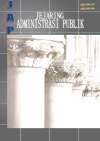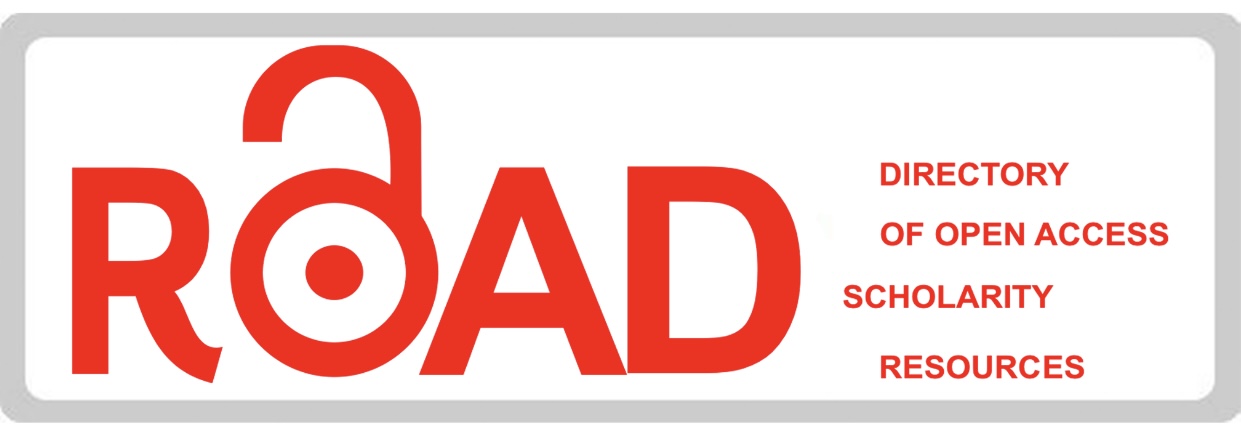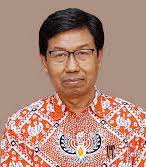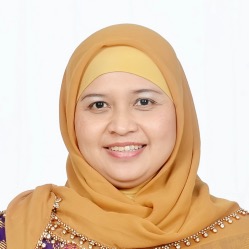The Use of ICT For Poverty Alleviation In Gubugklakah Village, Malang Regency
Downloads
Information and Communications Technology (ICT) has become one of the influential instruments for poverty alleviation. The argument is based on the fact that currently technology has played an important role in relation to the lives of many people. There are several projects conducted by the government in Indonesia utilising ICT to reduce poverty rate, such as establishing telecenter in some remote areas. This paper aims to identify the extent and the impact of the ICT convergence process that is carried out as an effort to improve the welfare of the community, specifically at Gubugklakah village, Malang Regency. The village is chosen as the locus of the research because the area, which is relatively far from the city center, received telecentre procurement assistance by the central government. By using descriptive qualitative methods, this study finds that ICT has not been converged to the maximum and the impact is less than optimal. Internet connection is only limited to middle and upper economic groups. The use of the world-wide-web at the village has also experienced ups and downs. For example, there is an improvement in the utilisation of techonolgy in education, tourism and government sectors which impact on a more effective work culture. People also usually surf the internet to search and watch educational, entertainment or trading content. However, the connection has a slow network connection which is problematic when many people use it. Furthermore, there is a need for educating people as well as incremental approach so that the internet can be in line with local culture.
Teknologi Informasi dan Komunikasi (TIK) telah menjadi salah satu instrumen yang berpengaruh dalam pengentasan kemiskinan. Argumen tersebut didasarkan pada kenyataan bahwa saat ini teknologi telah memainkan peran penting dalam kaitannya dengan kehidupan banyak orang. Ada beberapa proyek yang dilakukan pemerintah di Indonesia yang memanfaatkan TIK untuk mengurangi angka kemiskinan, seperti membangun telecenter di beberapa daerah terpencil. Tulisan ini bertujuan untuk mengetahui sejauh mana dan dampak dari proses konvergensi TIK yang dilakukan sebagai upaya peningkatan kesejahteraan masyarakat khususnya di Desa Gubugklakah Kabupaten Malang. Desa ini dipilih sebagai lokus penelitian karena wilayah yang relatif jauh dari pusat kota mendapat bantuan pengadaan telecentre oleh pemerintah pusat. Dengan menggunakan metode deskriptif kualitatif, penelitian ini menemukan bahwa TIK belum terkonvergensi secara maksimal dan dampaknya kurang optimal. Koneksi internet hanya terbatas pada kelompok ekonomi menengah ke atas. Penggunaan world wide web di desa juga mengalami pasang surut. Misalnya, peningkatan pemanfaatan teknologi di bidang pendidikan, pariwisata dan pemerintahan yang berdampak pada budaya kerja yang lebih efektif. Orang juga biasanya menjelajahi internet untuk mencari dan menonton konten pendidikan, hiburan, atau perdagangan. Namun, koneksi tersebut memiliki koneksi jaringan yang lambat yang menjadi masalah ketika banyak orang yang menggunakannya. Selain itu, perlu adanya edukasi kepada masyarakat serta pendekatan incremental agar internet dapat sejalan dengan budaya lokal.
Bappenas (n.d.). Teknologi Informasi dan Komunikasi: Strategi Peduli Kemiskinan. Accessed from https://www.bappenas.go.id/id/data-dan-informasi-utama/isu-lintas-bidang/isu-lintas-bidang/penanggulangan-kemisikinan/teknologi-informasi-dan-komunikasi-strategi-peduli-kemiskinan/ 05 July 2019
Cecchini, S., and Scott, C. (2003). Can information and communications technology applications contribute to poverty reduction? Lessons from rural India. Information Technology for Development, 10(2), 73-84.
Chambers, R. (1987). Sustainable livelihoods, environment and development: putting poor rural people first.
Chapman, R., & Slaymaker, T. (2002). ICTs and Rural Development: Review of the Literature, Current. London: Overseas Development Institute.
Chapman, R., Slaymaker, T., & Young, J. (2003). Livelihoods Approaches to Information And Communication In Support Of Rural Poverty Elimination And Food Security. London: Overseas Development Institute.
Gubugklakah.com. (2018) Profil Desa Wisata Gubugklakah. Accessed from https://www.gubugklakah.com/; 20 March 2019
Heeks, R. (2010). Do Information and Communication Technologies (ICTs) Contribute to Development?. Journal of International Development, 22(5), 625-640.
Heeks, R., and Molla, A. (2009). Impact assessment of ICT-for-development projects: A compendium of approaches. Development Informatics Working Paper, 36.
Humas Surabaya (Public Relation of Surabaya) (2018). Pelopori e-Government, Pemkot Surabaya Sudah Ciptakan Ratusan Aplikasi. Accessed from https://humas.surabaya.go.id/2018/04/05/pelopori-e-government-pemkot-surabaya-sudah-ciptakan-ratusan-aplikasi/; 05 July 2019
Kenny, C. (2003). The Internet and Economic Growth In Less-Developed Countries: A Case Of Managing Expectations?. Oxford Development Studies, 31(1), 99-113.
Kitchin, R. (2014). The Real-Time City? Big Data and Smart Urbanism. GeoJournal, 79(1), 1-14.
Kuncoro, M. (1997). Ekonomi Pembangunan: Teori, Masalah, dan Kebijakan. Unit Penerbit Dan Percetakan PN.
Law of The Republic of Indonesia, Number 14 Year 2008
Law of The Republic of Indonesia, Number 25 Year 2009
Moeljarto, (1995). Politik Pembanguan Sebuah Analisis Konsep, Arah dan Strategi, PT. Tiara Wacana:Yogyakarta.
Soejatmiko (ed.). (2018) Geliat Homestay di Gubugklakah dan Ngadas, Gairahkan Wisata Bromo Rute Malang. JawaPos (online). Accessed from https://www.jawapos.com/entertainment/travelling/02/03/2017/geliat-homestay-di-gubugklakah-dan-ngadas-gairahkan-wisata-bromo-rute-malang; 20 March 2019
Soriano, C. R. R. (2007). Exploring The ICT And Rural Poverty Reduction Link: Community Telecenters And Rural Livelihoods In Wu'an, China. The Electronic Journal of Information Systems in Developing Countries, 32(1), 1-15.
Suyanto, B. and Sutinah. (2010). Metode Penelitian Sosial. Jakarta: Kencana.
Tambo, I. (2003). ICT and Economic Growth in Developing Countries.
Tempo.co. (2018) Kabupaten Malang Promosikan 13 Desa Wisata. Accessed from https://travel.tempo.co/read/572767/kabupaten-malang-promosikan-13-desa-wisata; 20 March 2019
UNDP (1990) Human Development Report 1990. New York; Oxford University Press
UNDP (2001). Role of UNDP in Information and Communication Technology for Development. Annual Session 2001. New York.
All articles submitted by the author and published in the Jejaring Administrasi Publik are fully copyrighted to their authors under the Creative Commons Attribution-ShareAlike 4.0 International License. The formal legal aspect of journal publication accessibility refers to the Creative Commons Attribution-ShareAlike (CC BY-SA).
















